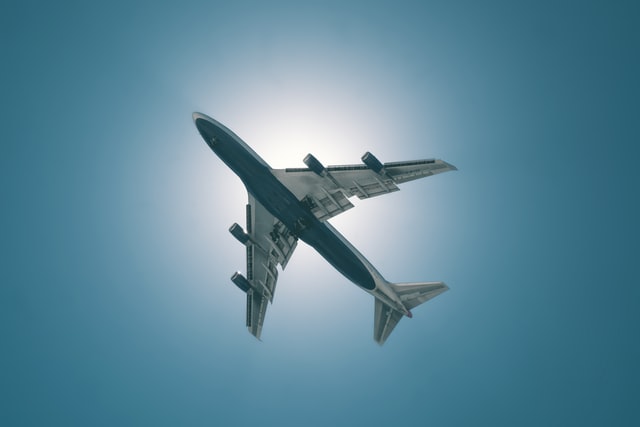-
International air cargo demand improved further in December 2020, buoyed by an acceleration in new export orders
-
For 2020, air cargo demand was down 15.5% compared to 2019
-
Asia-Pacific airlines carried only 18% of passenger volumes recorded in 2019—an extent of decline in 12 months not seen in the region’s history of commercial aviation
Asia-Pacific airlines saw international air cargo demand improve further in December 2020, recording a single digit year-on-year decline of 6.4%, traffic results released by the Association of Asia Pacific Airlines (AAPA) showed.
Global economic activity has been on a rebound in the latter half of 2020, buoyed by the increase in export orders and the rising demand for the speedy delivery of merchandise by air.
However for the full year 2020, international air cargo demand was still down 15.5% compared to 2019, while offered freight capacity plunged by 24.4%.
The average international freight load factor rose significantly, by 7 percentage points to 66.4% in 2020, with cargo yields offering a welcome boost to operating revenue.
Asia-Pacific airlines account for over a third of global air cargo traffic with strong networks and logistics expertise built up over the years. During the global pandemic, the region’s carriers have played a vital role in transporting medical supplies including vaccines, personal protective equipment and other essential goods, even though capacity was severely restricted as a result of the wide-scale grounding of passenger aircraft.
Unfortunately, airlines continue to face an existential crisis with commercial passenger operations remaining at a standstill.
The collapse of international airline operations in 2020 underscored the deleterious impact of the COVID-19 outbreak on the airline industry, AAPA said.
Asia-Pacific airlines carried 69 million passengers in 2020, representing only 18% of volumes recorded in 2019, “an extent of decline in 12 months not seen in the region’s history of commercial aviation.”
Offered seat capacity was similarly just 19% of the levels recorded in 2019, while the international passenger load factor averaged a lowly 61%.
“The dismal numbers underline the severity of the impact of the pandemic on the airline industry,” AAPA director general Subhas Menon said.
The discovery of several effective vaccines towards the end of 2020 has provided hope for recovery as large-scale vaccinations of their people will give governments the confidence to allow travelers from abroad without restrictions, he said.
But he added that it would still take time for the rollout of vaccinations across the world, as well as for the pandemic to recede globally.
Looking ahead, Menon said many industry challenges remain, as restrictions on cross-border travel will continue to affect air travel demand in 2021.
He urged governments to step up coordination efforts on cross-border risk mitigation measures and health protocols.
“The implementation of harmonised protocols, incorporating the ICAO CART Take-Off Guidance, is imperative for the safe resumption of travel. Asia Pacific aviation is ready and willing to play its part in the successful restart and recovery in the region.”
Photo by Spencer Imbrock on Unsplash





